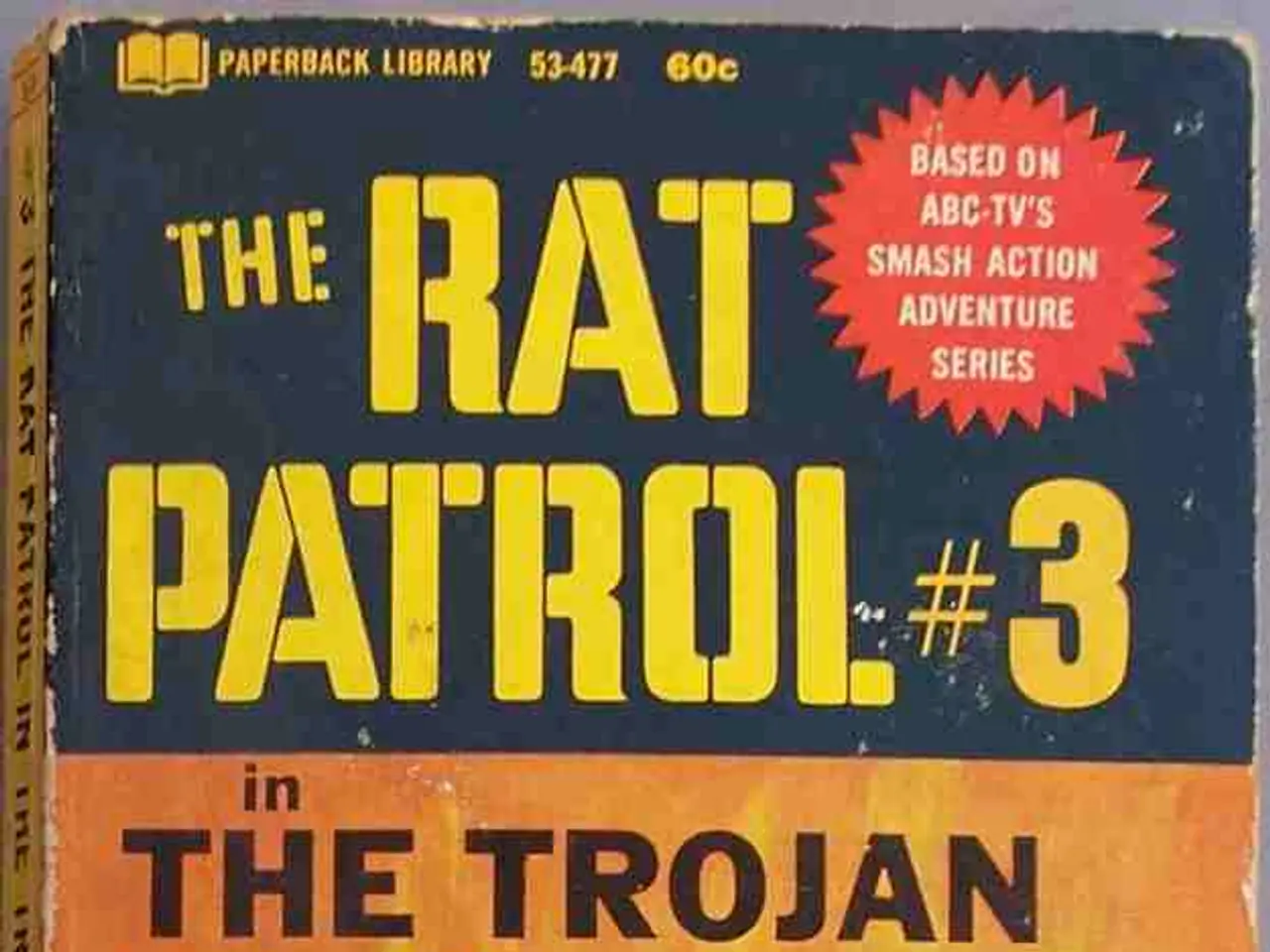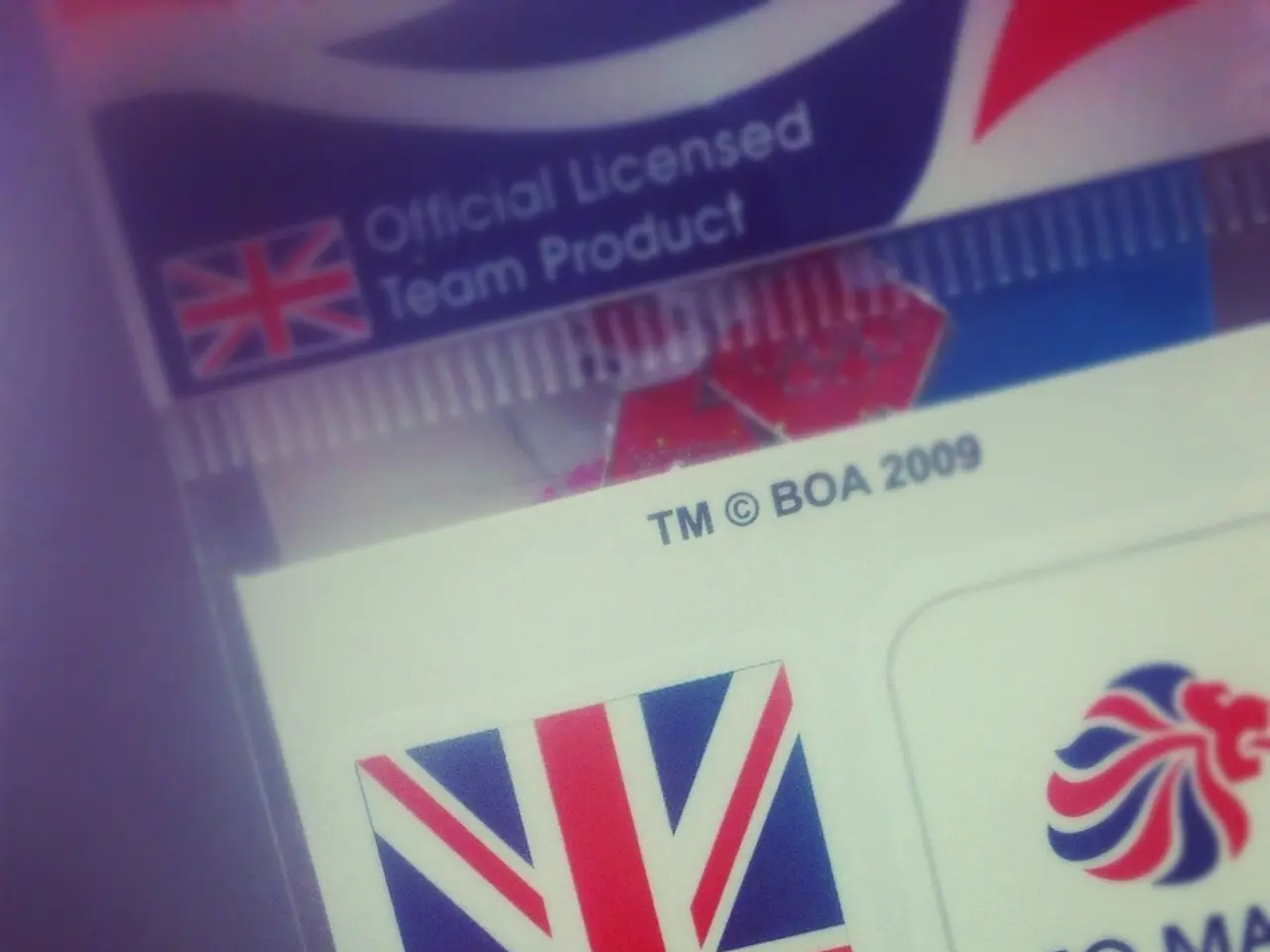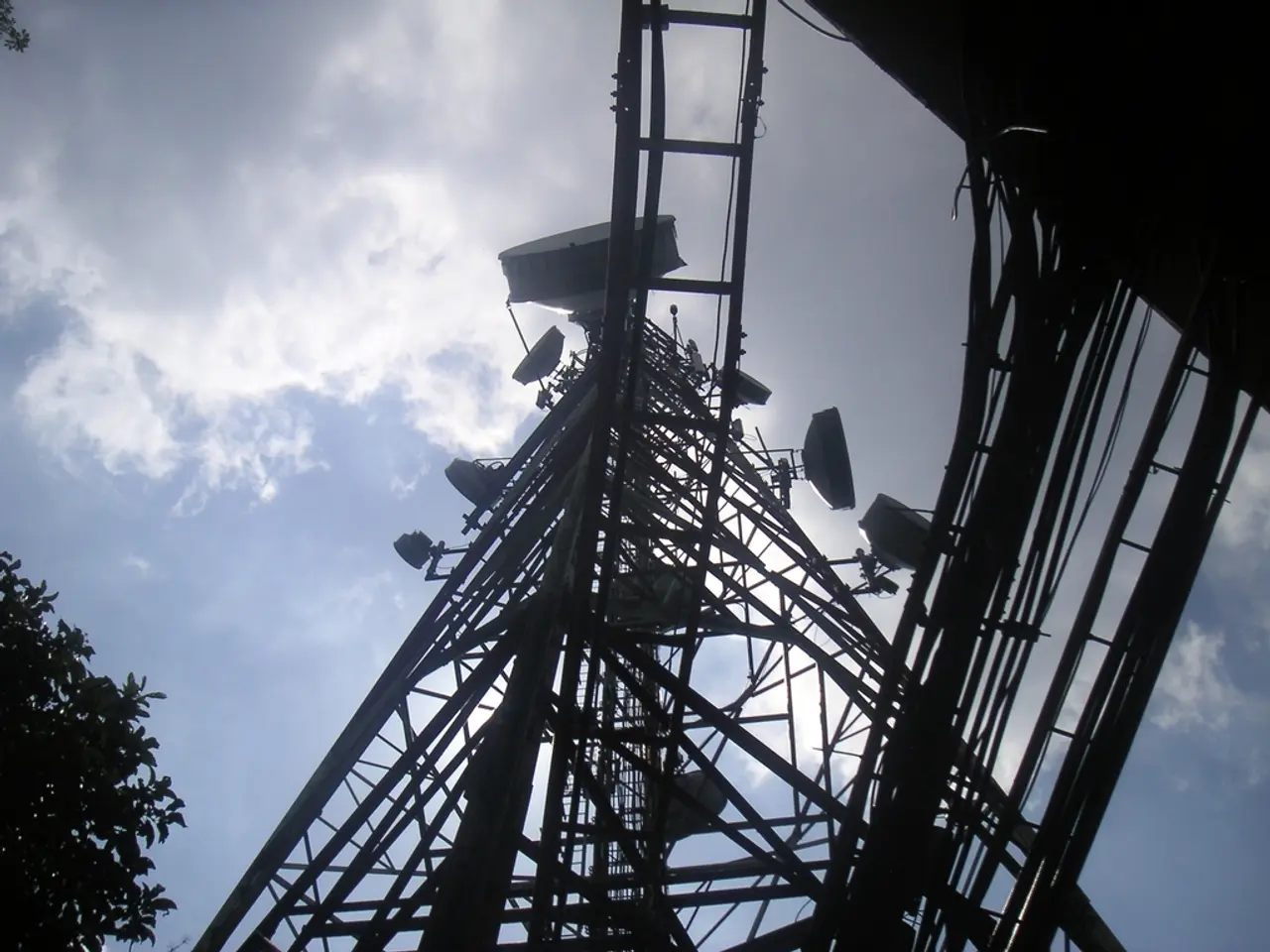Army Reconnaissance's Upcoming Direction: Insights Gleaned from a Marine Corps Training in the Mojave Wilderness
The US Army is exploring the role of multidomain reconnaissance forces in a division-centric force construct. This strategic shift aims to bolster the Army's capabilities in land, air, cyber, and space domains, providing deep sensing and situational awareness in contested environments.
The multidomain reconnaissance troop serves as a critical asset, collecting, penetrating, and providing intelligence across all domains. It enables the division to detect adversary anti-access/area denial (A2/AD) capabilities, support multi-domain maneuvers, and inform joint force operations with real-time, high-quality intelligence.
Specifically, this troop enhances the division’s ability to conduct deep sensing and intelligence, surveillance, and reconnaissance (ISR) missions over wide areas using advanced sensors, AI, and autonomous technologies. It also penetrates contested spaces protected by enemy A2/AD networks to gather vital intelligence at stand-off distances. Furthermore, it provides early warning, current, and targeting intelligence that supports decision-making and the application of precision fires and effects across all domains.
Integration with joint and combined arms forces is a key aspect of the multidomain operations (MDO) concept, which requires cross-domain coordination for complementary capabilities between the Army, Air Force, Cyber, Space, and other services. In a contested environment, the multidomain reconnaissance troop contributes by enabling information dominance and maintaining situational awareness despite enemy efforts to disrupt sensing and communications.
The multidomain reconnaissance troop was identified as a potential solution for the Army's divisional restructure, due to its agility, adaptability, and ability to operate as a hub for multidomain reconnaissance capabilities. The future operational environment is more networked and dangerous, requiring a reconnaissance force that can survive, sense, and engage at speeds adversaries cannot hope to match.
The Army should centralize as many cross-domain sensing capabilities as possible and push them down to the lowest practical level. The reconnaissance complex can employ signals intelligence, unmanned platforms, precision munitions, and other cross-domain assets. The saturation of the operating environment with competing intelligence, surveillance, and reconnaissance assets is a significant challenge for ground reconnaissance assets.
In a large-scale force-on-force exercise testing the Stand-In force concept, the Army's reconnaissance troop operated in division battlespace at the start of the exercise, before being retasked to work for specific units during various periods of the operation. The exercise was built around the Marine Littoral Regiment, which serves as an essential piece of the "contact layer" in the Stand-In force concept.
Notably, the venerable scout sniper's role is changing in the US Marine Corps, and Sergeant First Class Anthony Perez, with experience in airborne, Stryker, and armored reconnaissance formations, is part of the 25th Infantry Division's reconnaissance troops. Captain Sean Parrott, a graduate of the US Marine Corps's Expeditionary Warfare School, commands the division's reconnaissance troops.
It is important to note that the views expressed are those of the authors and do not reflect the official position of the United States Military Academy, Department of the Army, or Department of Defense.
In conclusion, the multidomain reconnaissance troop is essential for the US Army’s divisional restructuring to achieve enhanced multi-domain sensing and reconnaissance capabilities that support joint force operations against peer adversaries in complex, contested battlefields. Loitering munitions, electronic warfare, and extended-duration small unmanned aircraft systems can augment the capability of higher echelon assets and present a problem not easily overcome for the enemy.
- The multidomain reconnaissance troop is a critical asset that collects, penetrates, and provides intelligence across all domains, enhancing the division's abilities in land, air, cyber, and space.
- This troop contributes to information dominance and situational awareness in contested environments by conducting deep sensing, intelligence, surveillance, and reconnaissance missions.
- It gathers vital intelligence at stand-off distances, even in contested spaces protected by enemy anti-access/area denial networks, and provides early warning, current, and targeting intelligence.
- Integration with joint and combined arms forces is key for the multidomain operations concept, providing complementary capabilities between the Army, Air Force, Cyber, Space, and other services in a contested environment.




